Magical Mystery Tour
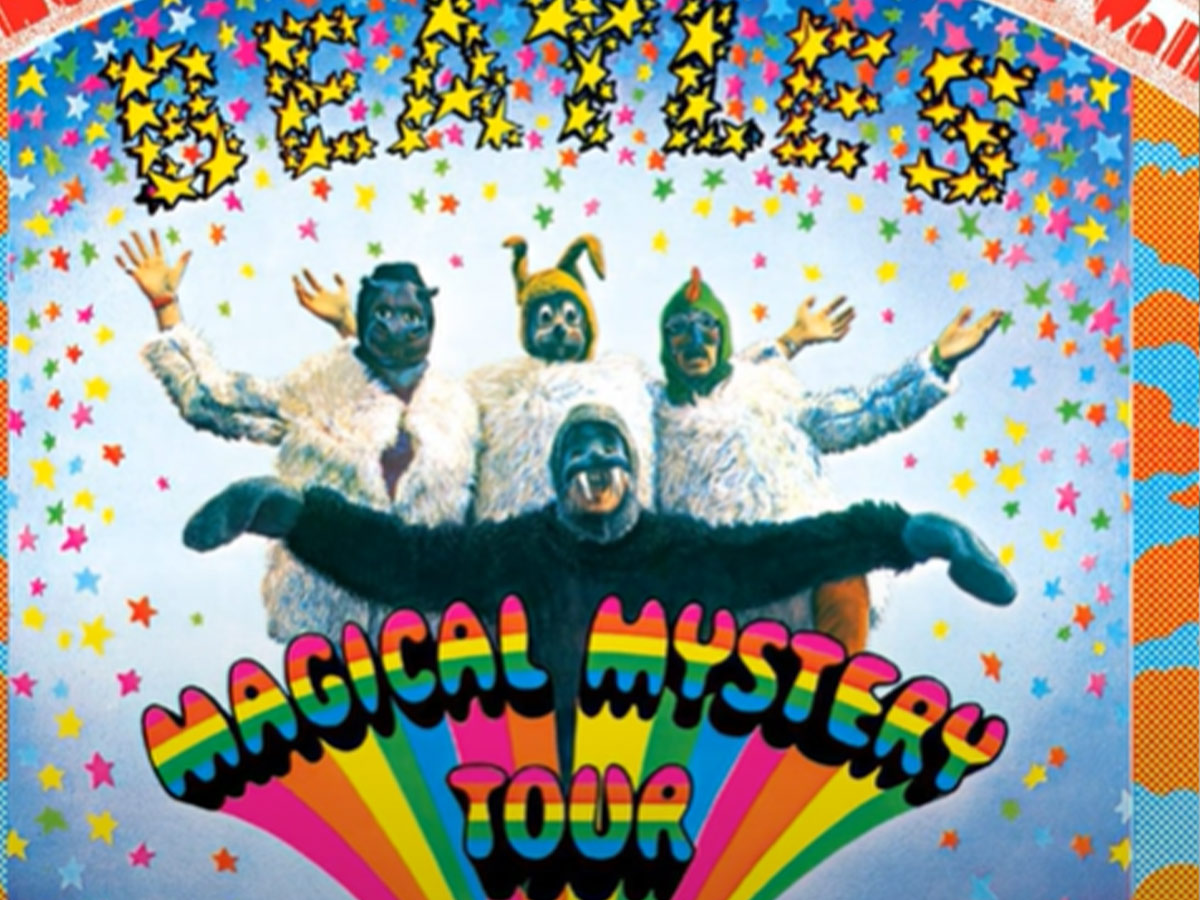
- Year: 1967
- Album: Magical Mystery Tour
- Did not chart in the U.S.
"Magical Mystery Tour" by is a psychedelic rock song that served as the title track for the Beatles' 1967 EP and film. The song was inspired by Ken Kesey's Merry Pranksters and their cross-country bus trips. Its upbeat, whimsical style features brass instrumentation and surreal lyrics, capturing the era's experimental spirit. The track's innovative use of studio effects and unconventional structure made it one of the more unique songs on the radio at the time of its release.
Eleanor Rigby

- Year: 1966
- Album: Revolver
- Highest Chart Position: 11
"Eleanor Rigby" is a poignant song that delves into themes of loneliness, isolation, and depression. Those aren't the usual themes of a popular radio song! It tells the story of a woman who lives a quiet, unnoticed life, and a priest who mourns her after she dies alone. Paul McCartney's lyrics highlight the often-overlooked struggles of ordinary people, with haunting imagery that speaks to the emptiness of modern life. Released in 1966, the song's use of a string quartet instead of traditional rock instruments marked a bold departure from the band's earlier work. "Eleanor Rigby" became a popular success, praised for its emotional depth, innovative sound, and thought-provoking commentary and is often cited as one of the best Beatles creations.
Strawberry Fields Forever
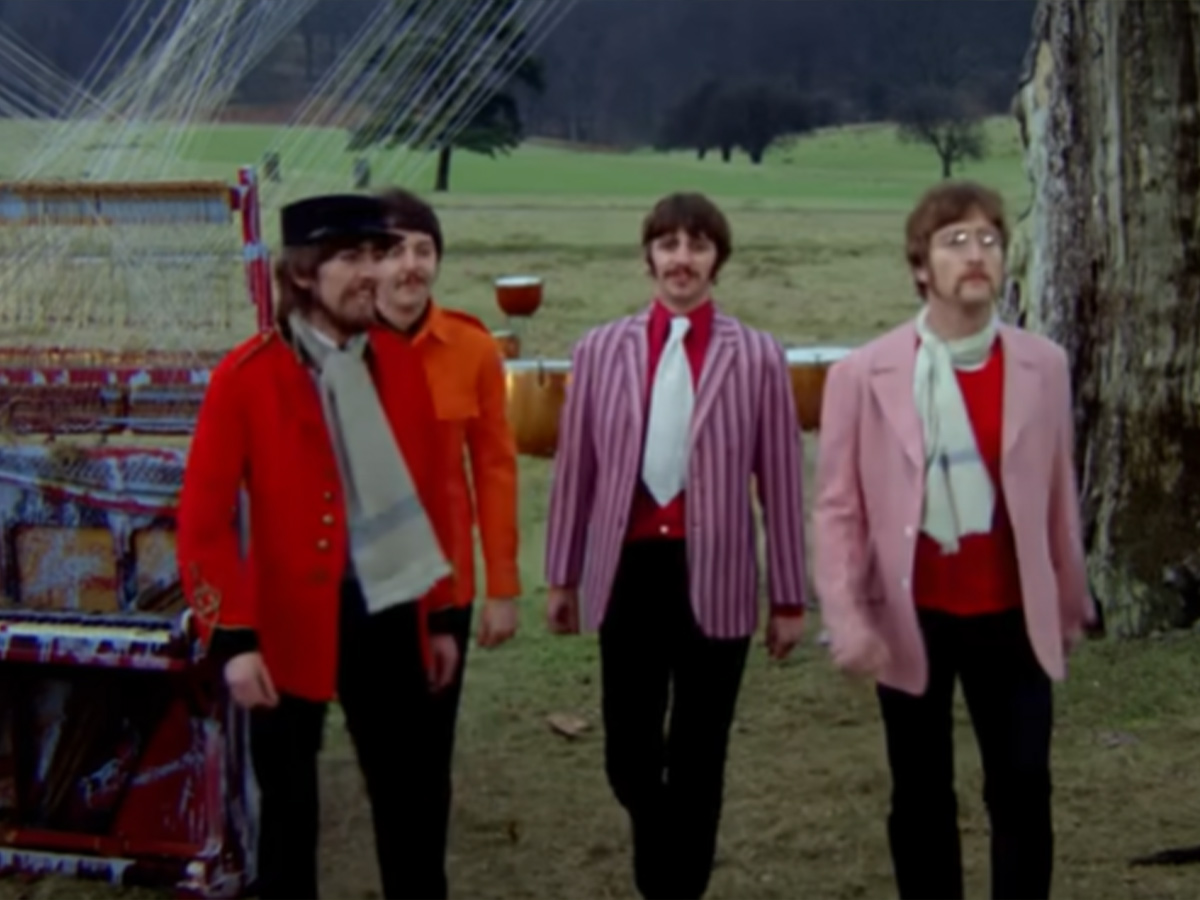
- Year: 1967
- Album: Magical Mystery Tour
- Highest Chart Position: 8
"Strawberry Fields Forever" is a deeply introspective song that reflects John Lennon's memories of his childhood, specifically the gardens of a Salvation Army home near his Liverpool home. The lyrics explore themes of nostalgia, disconnection, and the fluid nature of reality, blending dreamlike imagery with Lennon's personal reflections. Released in 1967, the song's innovative production, including the use of backward tapes and unconventional instrumentation, contributed to its groundbreaking sound. Though it was a departure from traditional pop, "Strawberry Fields Forever" became a critical and popular success, praised for its creativity and emotional depth and solidifying The Beatles' role in shaping the psychedelic music movement.
Lady Madonna

- Year: 1968
- Album: non-album single
- Highest Chart Position: 4
"Lady Madonna" is a rock 'n roll song with a boogie-woogie piano style, inspired by Fats Domino. Paul McCartney wrote it, drawing on images of motherhood and everyday struggles. The song's distinctive piano riff and brass section give it a lively, upbeat feel. Interestingly, the lyrics reference the Catholic icon of the Madonna, blending religious imagery with mundane life. The song also marked a return to a more straightforward rock sound for the Beatles, contrasting with their recent psychedelic musical experiments at the time.
Yellow Submarine
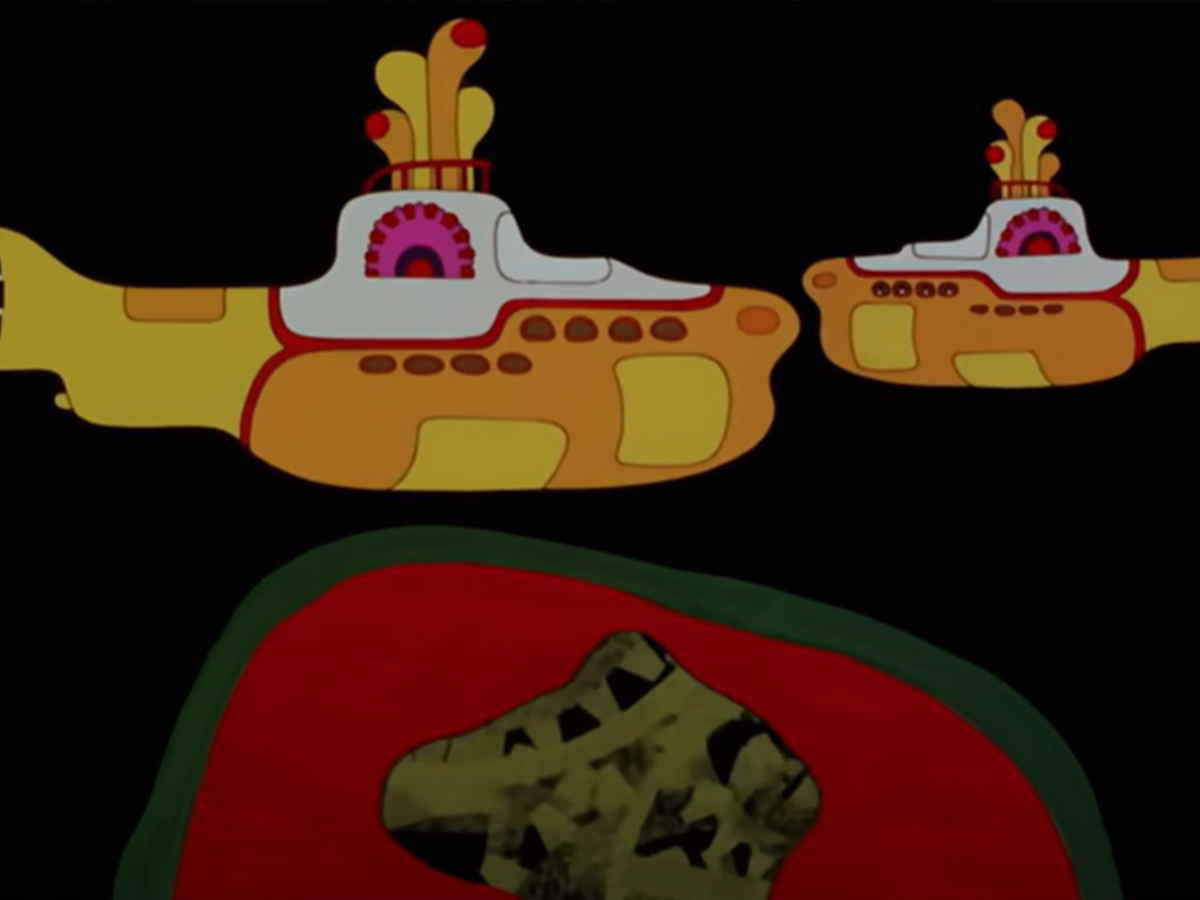
- Year: 1966
- Album: Revolver
- Highest Chart Position: 2
"Yellow Submarine" is a playful, whimsical song that tells the story of a fantastical voyage aboard a bright yellow submarine. Its lighthearted lyrics and simple, sing-along melody create a sense of childlike wonder, making it accessible to listeners of all ages. Released in 1966, the song became an instant hit, celebrated for its joyful, imaginative atmosphere and its departure from the more serious themes of the band's other work. The song was used as both a title track and central theme for a Beatles animated movie. The film takes viewers on a psychedelic journey, following the Beatles as they travel in the titular yellow submarine to save the fictional land of Pepperland from the Blue Meanies, who seek to eradicate music and happiness. The movie received mixed critical reception upon its release, though it (and the song) has since become regarded as a unique piece of pop culture.
Love Me Do

- Year: 1962
- Album: Introducing...The Beatles
- Highest Chart Position: 1
"Love Me Do" was the Beatles' debut single and marked the beginning of their rise to fame. The song has a simple melody and harmonica riff, played by John Lennon. Paul McCartney wrote the song when he was just 16 years old. The recording features Ringo Starr on drums, though a session drummer was used in an earlier version of the tune. The song's success helped secure the Beatles' first recording contract with EMI, paving the way for their future dominance in the music industry.
Something
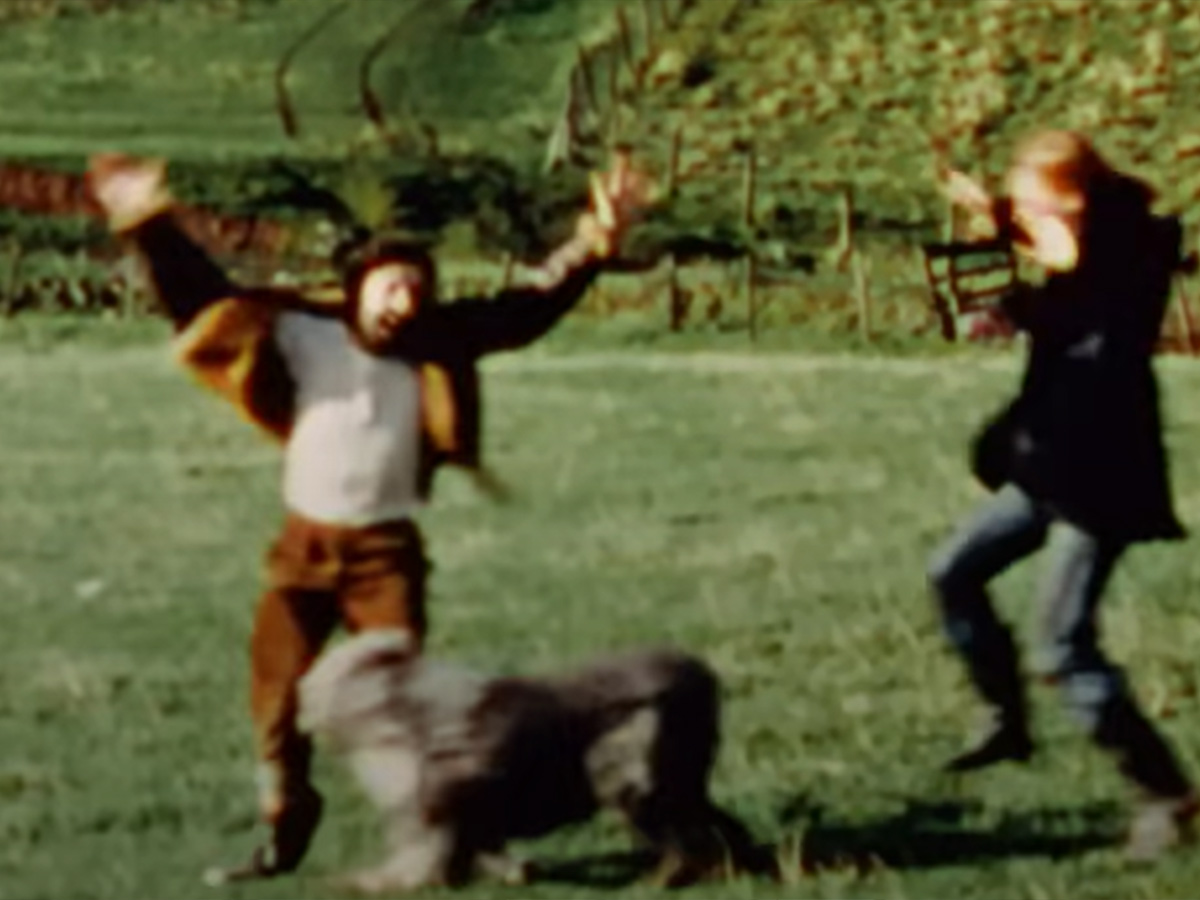
- Year: 1969
- Album: Abbey Road
- Highest Chart Position: 1
"Something," written by George Harrison, is a tender love song that expresses deep admiration and affection for a romantic partner. Its heartfelt lyrics convey the beauty of love in a simple yet profound way, capturing the sense of mystery and devotion that often defines relationships. Released in 1969, the song stood out for its soulful melody and emotional depth, as well as its slower tempo. "Something" became one of Harrison's most celebrated compositions, contributing to the lasting success of The Beatles' great list love songs.
Yesterday
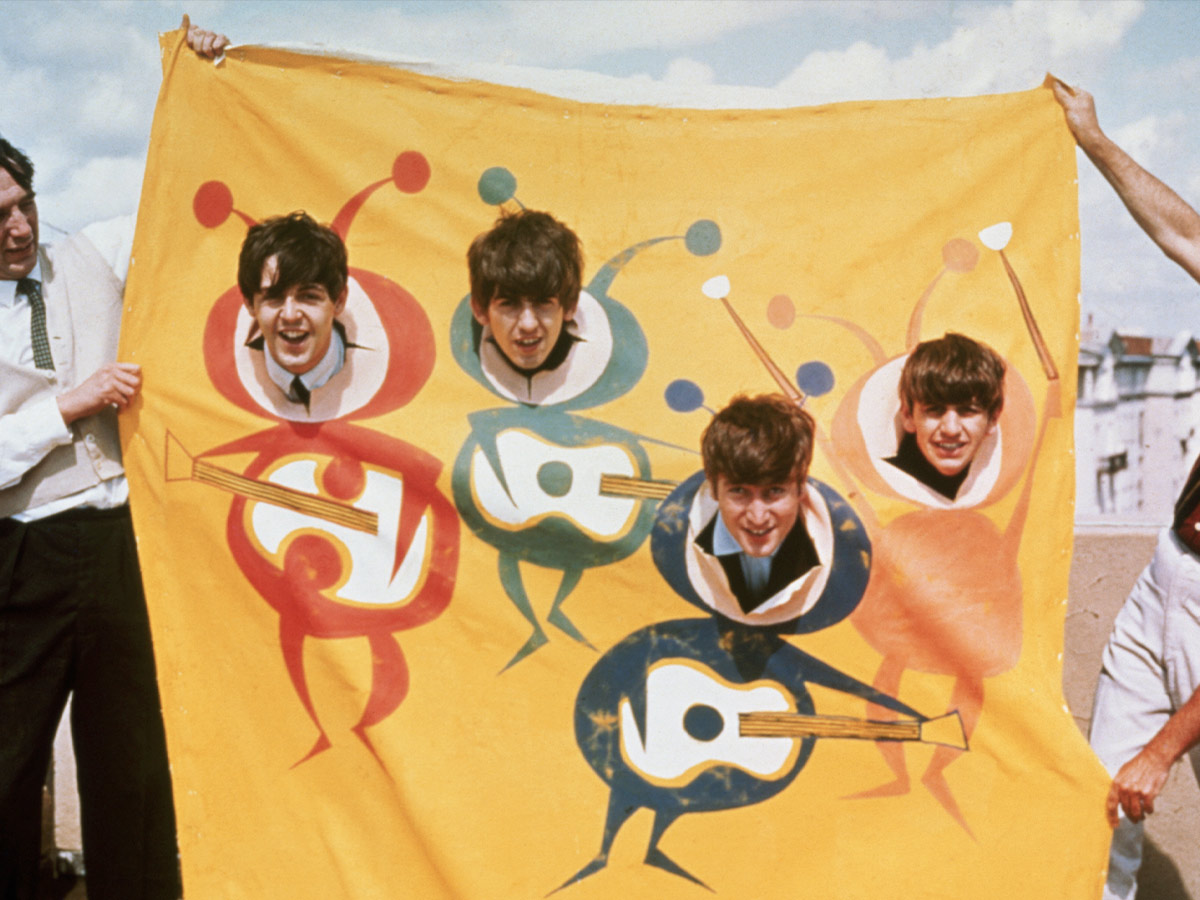
- Year: 1965
- Album: Yesterday and Today
- Highest Chart Position: 1
"Yesterday" is one of the most covered songs in music history, with over 2,200 recorded versions. Paul McCartney composed the melody in a dream and initially used the placeholder lyrics "Scrambled Eggs." Unlike typical Beatles tracks, it features a string quartet, marking a departure from their rock 'n roll roots. The song's melancholic theme and simple, yet profound lyrics engaged listeners immediately. Interestingly, it was the first Beatles song to be recorded by a solo member, with McCartney performing it alone.
Penny Lane
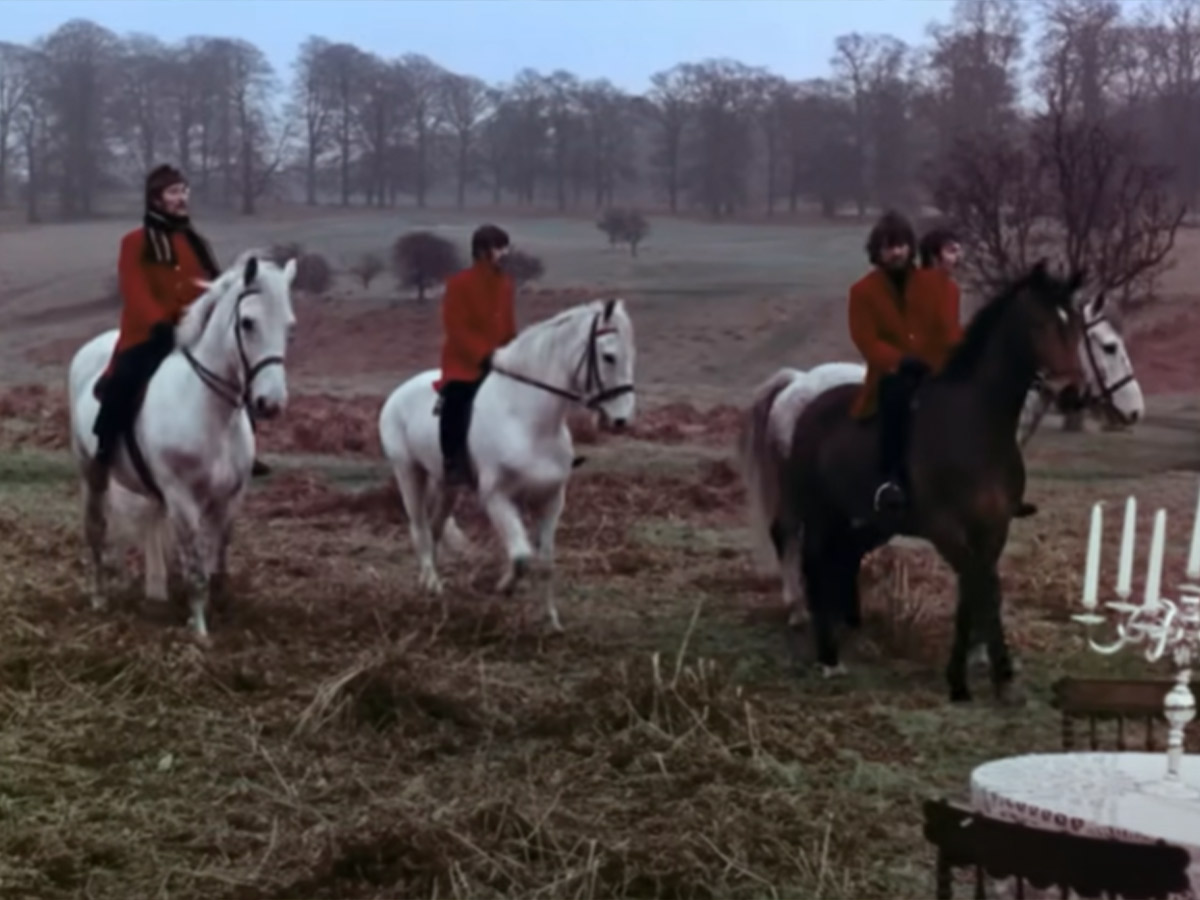
- Year: 1967
- Album: Magical Mystery Tour
- Highest Chart Position: 1
"Penny Lane" is a nostalgic reflection on Paul McCartney's childhood memories of a street in Liverpool. The song paints vivid, whimsical scenes of everyday life, highlighting the simplicity and charm of familiar surroundings. Released in 1967, its upbeat melody and richly detailed lyrics resonated with audiences, offering a sense of warmth and familiarity. "Penny Lane" became a popular hit, celebrated for its imaginative storytelling and its connection to the band's roots.
Can't Buy Me Love

- Year: 1964
- Album: A Hard Day's Night
- Highest Chart Position: 1
"Can't Buy Me Love" is a straightforward rock and roll song, featuring a rhythmic chorus and a memorable guitar solo by George Harrison. Written by Paul McCartney, it was recorded in Paris, making it one of the few Beatles tracks not recorded at Abbey Road Studios. Its lyrics, emphasizing that love cannot be bought, resonated with the youth of the 1960s. The song's immediate commercial success, including topping charts worldwide, solidified The Beatles' dominance in the music industry.
Ticket to Ride
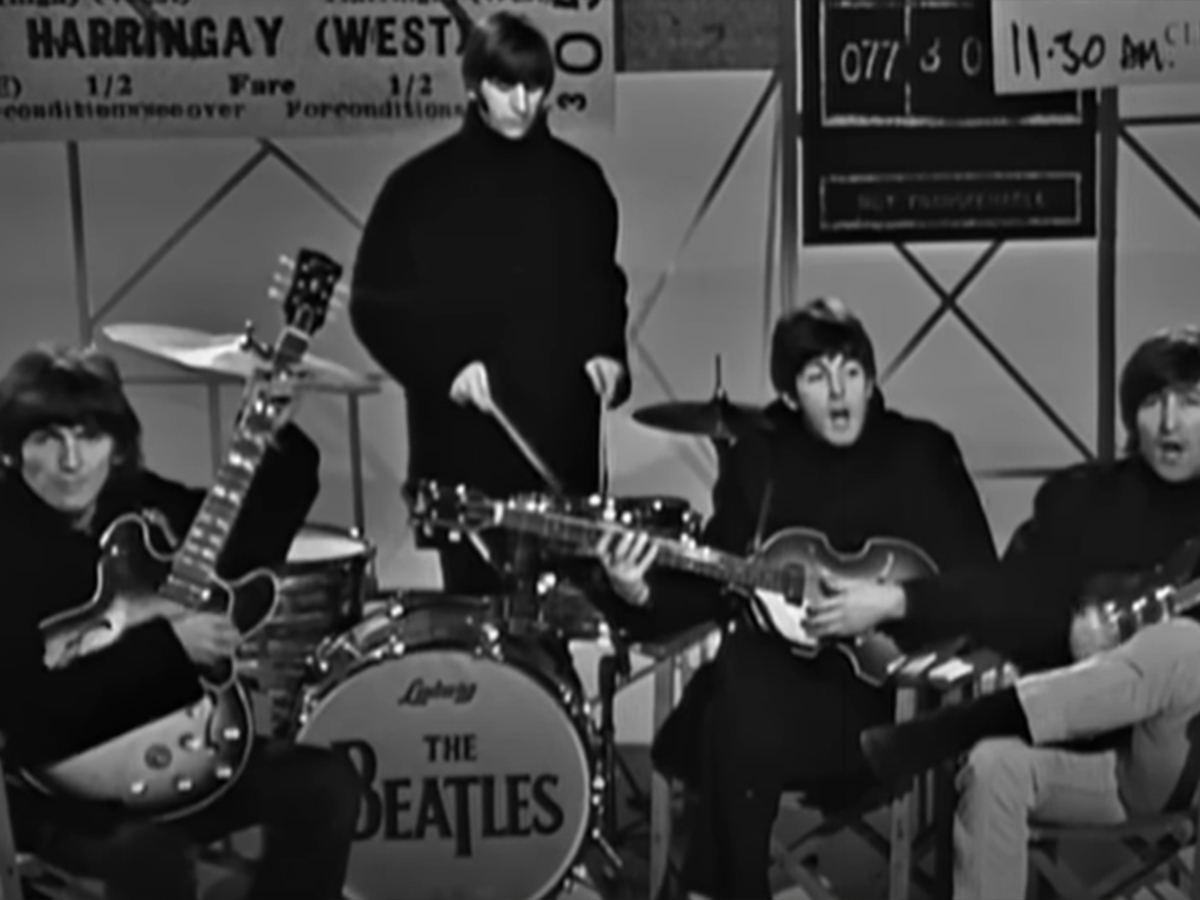
- Year: 1965
- Album: Help!
- Highest Chart Position: 1
"Ticket to Ride" is notable for its innovative use of a droning guitar riff and a distinctive drum pattern by Ringo Starr, which helped set it apart from other pop songs of the time. Written primarily by John Lennon, the song features complex vocal harmonies and a melancholic tone that hinted at the band's evolving musical sophistication. The lyrics, which reference a girl leaving a with a train ticket, added an element of intrigue to what the overt meaning of the song is intended to be. Its unique sound and emotional depth contributed to its widespread popularity and enduring appeal.
All You Need Is Love

- Year: 1967
- Album: Magical Mystery Tour
- Highest Chart Position: 1
"All You Need Is Love" was written by John Lennon and became an anthem of the 1960s counterculture. The song was first performed on the global broadcast Our World, reaching an estimated 400 million viewers in 25 countries. Its simple, repetitive lyrics and melody made it instantly memorable. The song features a diverse array of instruments, including a harpsichord and a string section, and incorporates elements of classical music, jazz, and traditional pop. Its universal message of love and peace resonated deeply during a time of social and political upheaval, and has remained just as popular today.
Paperback Writer
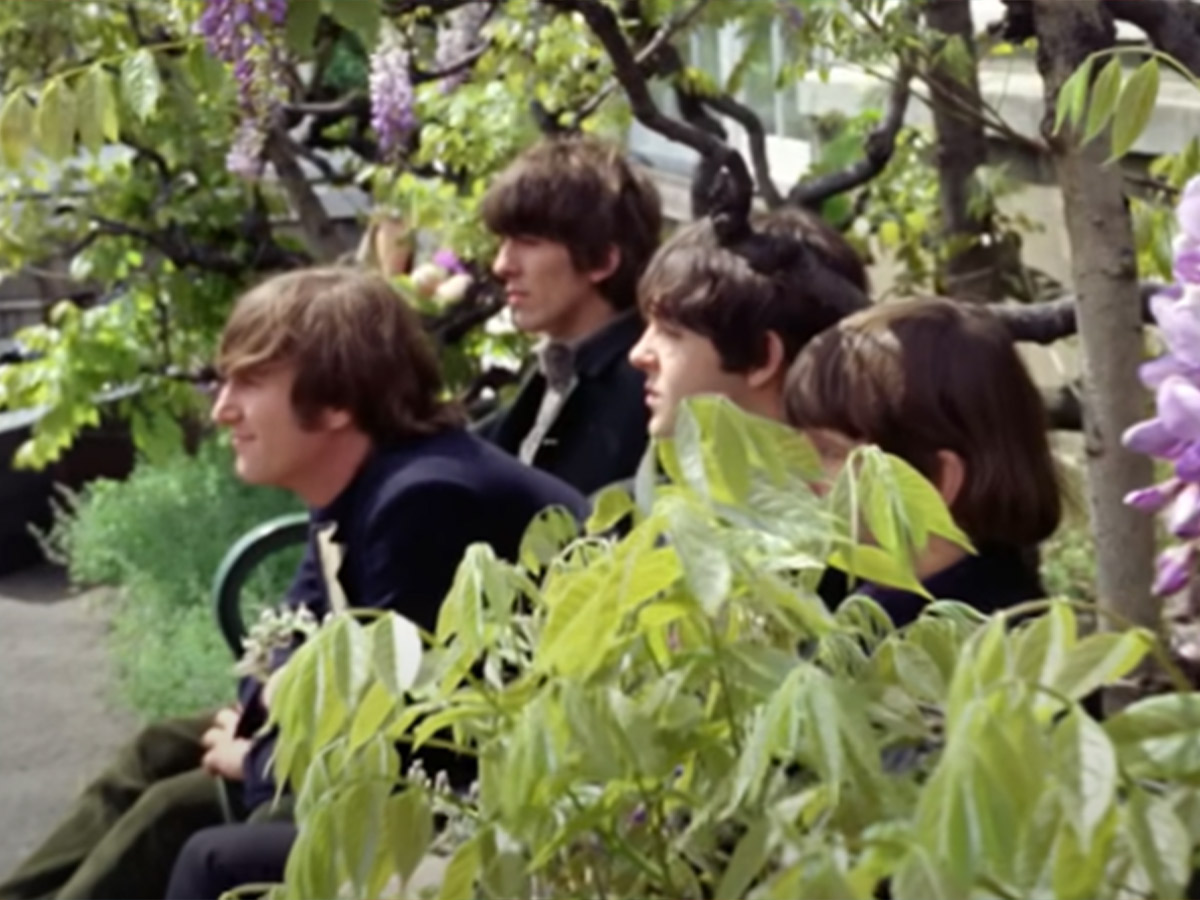
- Year: 1966
- Album: non-album single
- Highest Chart Position: 1
"Paperback Writer" is known for its innovative use of vocal harmonies and a driving bass line by Paul McCartney. The song was inspired by a request from McCartney's aunt, who wanted him to write a song that wasn't about love. Its lyrics tell the story of an aspiring author seeking a publisher for his novel. The track also marked a shift towards a more rock-oriented sound for the band, featuring a prominent guitar riff.
Get Back
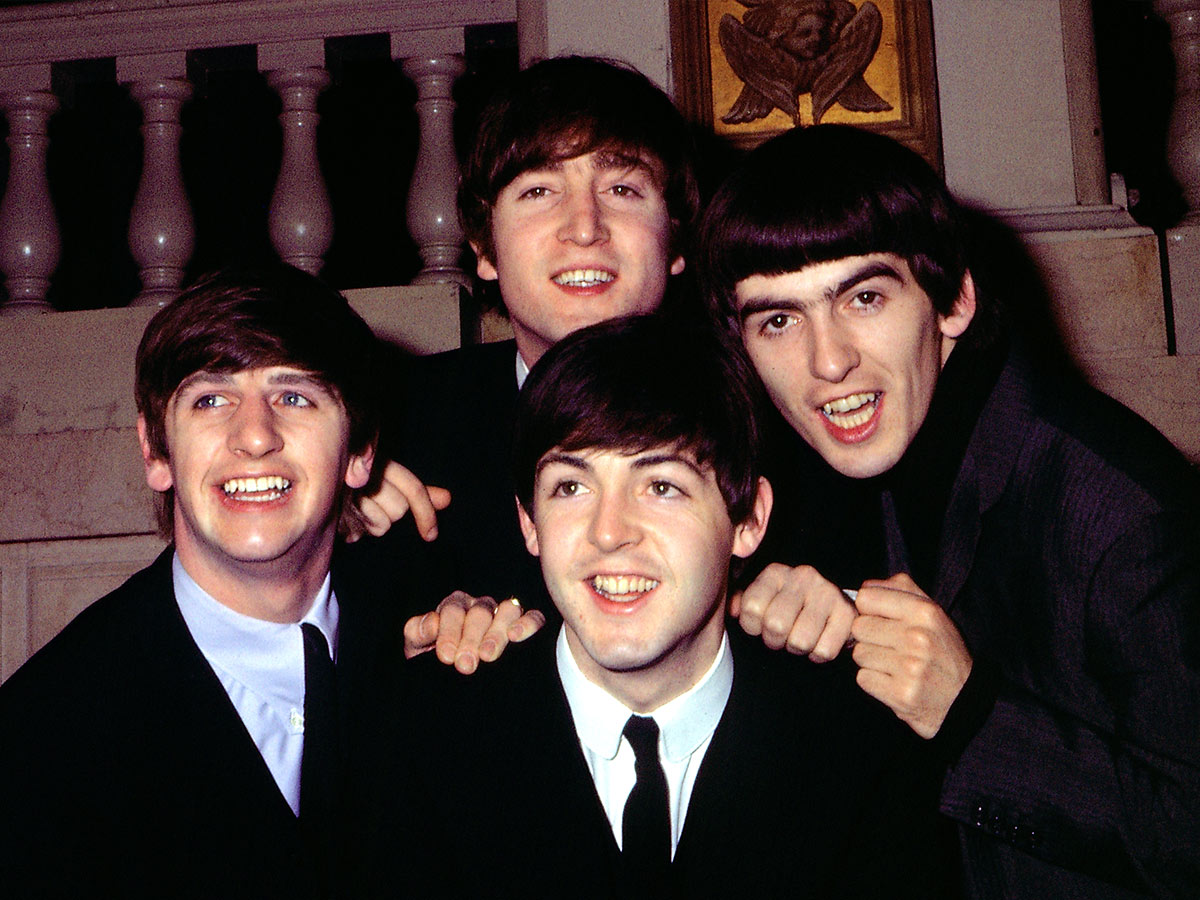
- Year: 1969
- Album: Let It Be
- Highest Chart Position: 1
"Get Back" was originally conceived as a satire on the anti-immigrant attitudes prevalent in Britain at the time. The song evolved during the Let It Be sessions, with Billy Preston's electric piano adding a distinctive touch. Notably, it was recorded live on the rooftop of Apple Corps headquarters, capturing an pivotal moment in music history. The straightforward rock and roll style, combined with its catchy chorus and socially relevant lyrics, propelled it to widespread appeal. "Get Back" also marked a return to the band's roots, emphasizing a raw, unpolished sound that earlier Beatles fans appreciated.
A Hard Day's Night
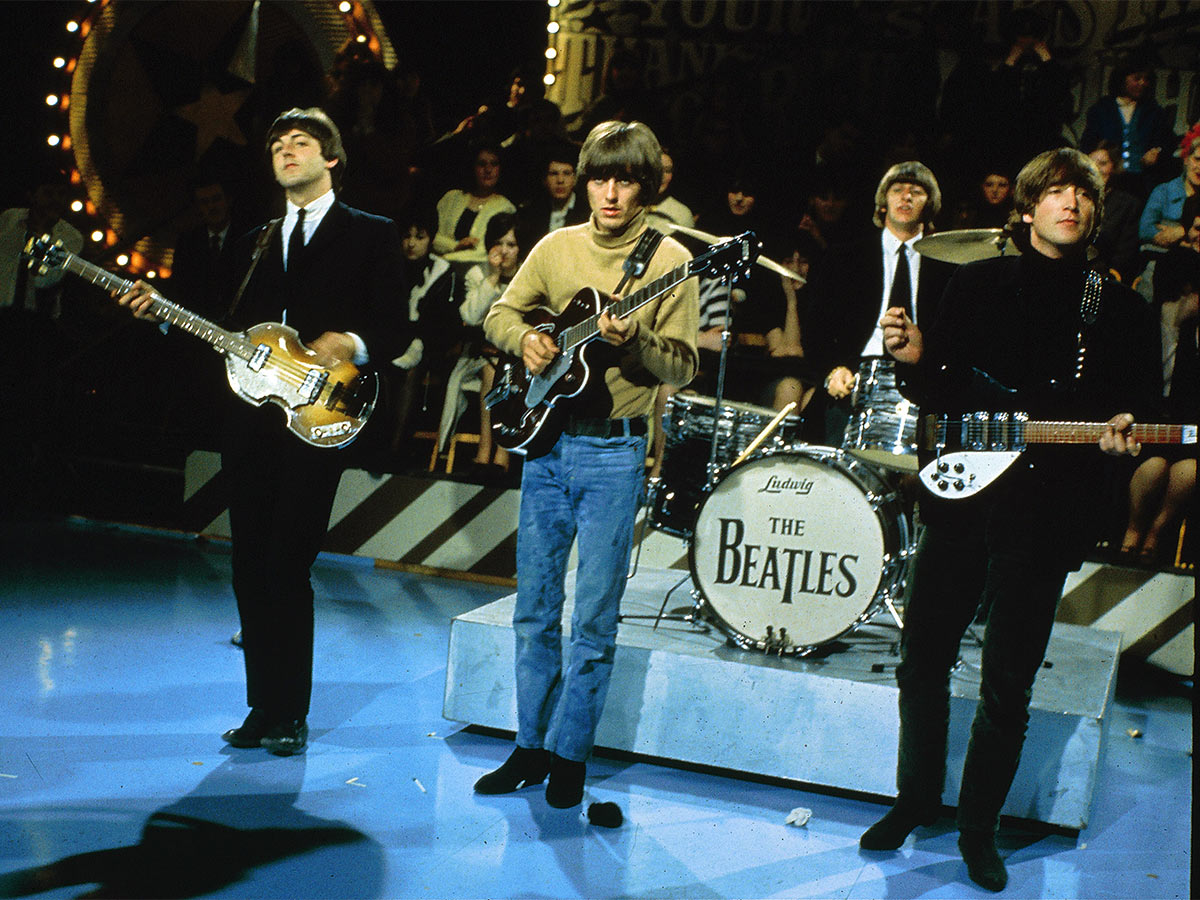
- Year: 1964
- Album: A Hard Day's Night
- Highest Chart Position: 1
"A Hard Day's Night" by the Beatles is notable for its iconic opening chord, a complex mix of notes that has intrigued musicians for decades. The song was written by John Lennon in one night, inspired by a Ringo Starr malapropism. It features a blend of rock and pop with a driving rhythm and catchy melody. The track's energetic vibe and lyrics about the pressures of work and the joy of coming home resonated with a wide audience, contributing to its massive popularity. The song also served as the title track for the Beatles' first feature film.
Let It Be
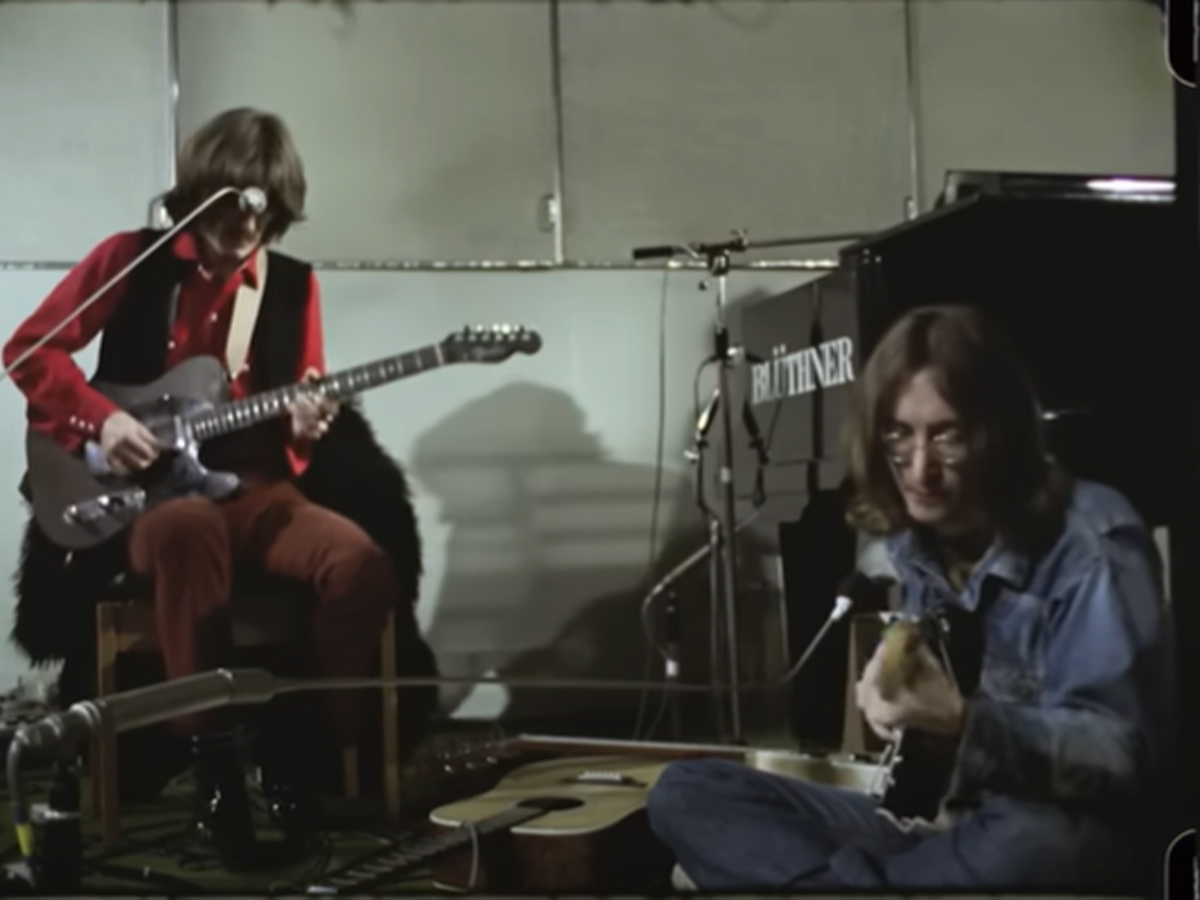
- Year: 1970
- Album: Let It Be
- Highest Chart Position: 1
"Let It Be" by is a song inspired by a dream Paul McCartney had about his late mother, Mary, who comforted him with the words "let it be." The song features a gospel-like piano and soulful backing vocals, which were a departure from the Beatles' earlier rock sound. Its universal message of acceptance and peace resonated with listeners, making it one of their most enduring hits. The track also includes a memorable guitar solo by George Harrison, adding to its distinctiveness. Despite internal band tensions during its creation and recording, "Let It Be" became a worldwide anthem of hope and solace.
Help!
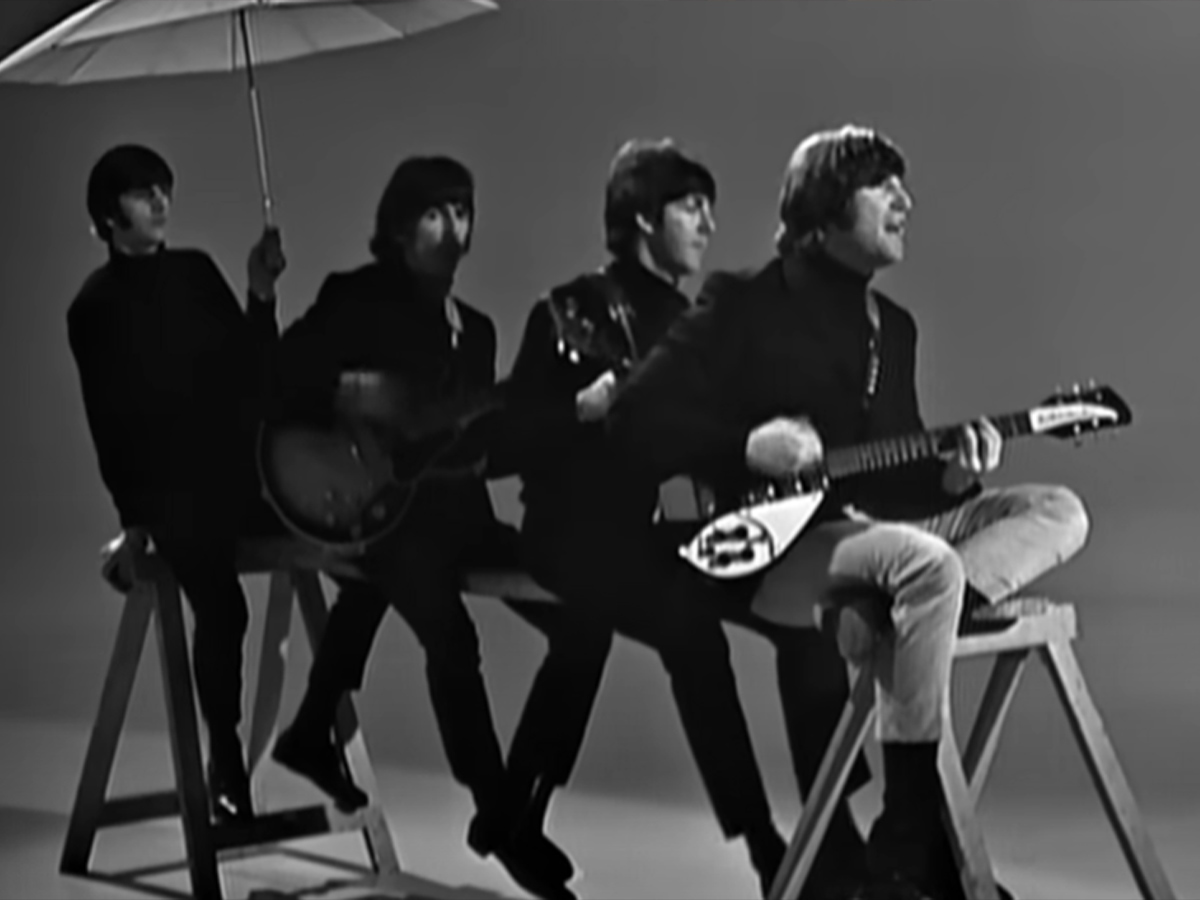
- Year: 1965
- Album: Help!
- Highest Chart Position: 1
The Beatles' song "Help!" reflects John Lennon's feelings of vulnerability and inner turmoil during a time of overwhelming fame. Though upbeat in sound, the lyrics convey a deep sense of isolation and a cry for support amidst personal struggles. Released in 1965, the song resonated with listeners, capturing the emotional complexity of navigating fame and success. Its catchy melody, combined with relatable themes, contributed to its widespread popularity, cementing "Help!" as one of the band's iconic hits.
She Loves You
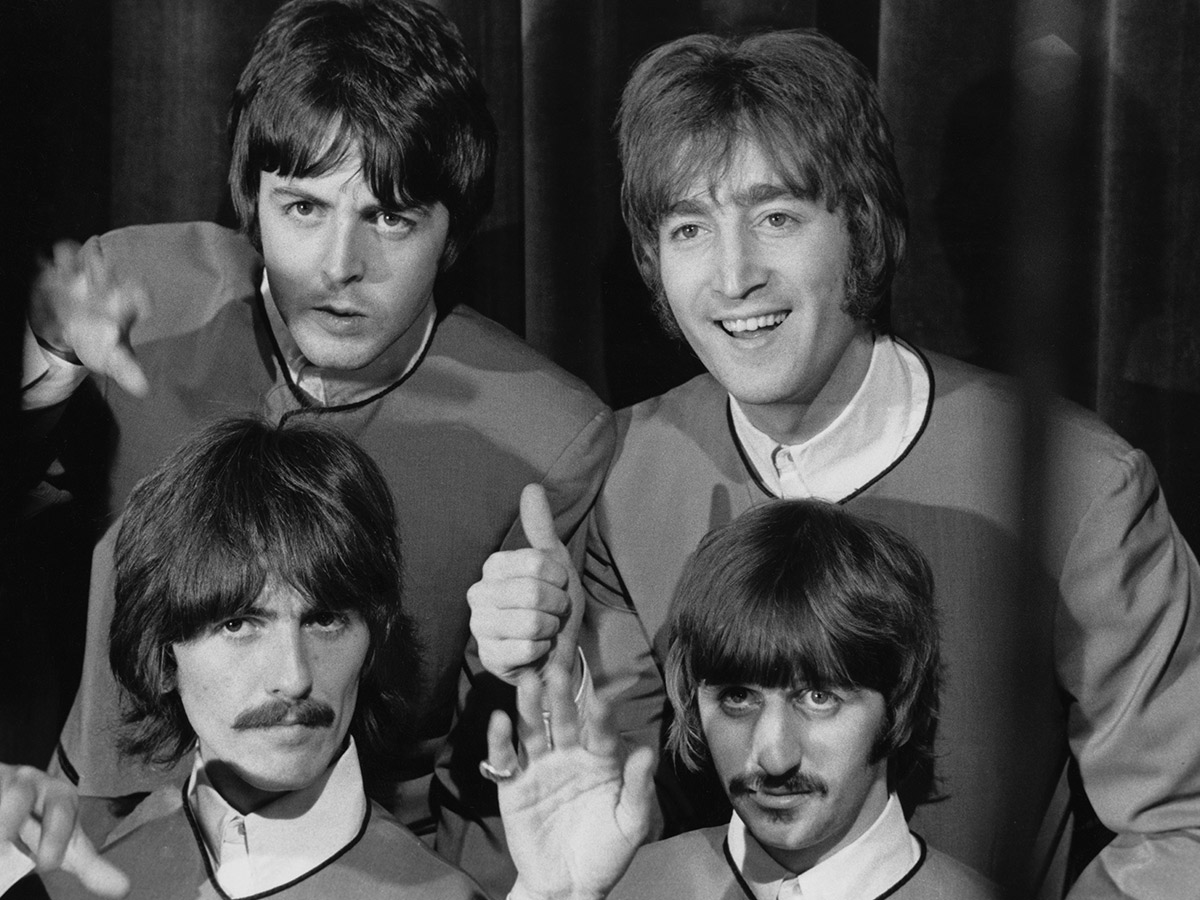
- Year: 1963
- Album: The Beatles' Second Album
- Highest Chart Position: 1
"She Loves You" by The Beatles is notable for its repetative "Yeah, yeah, yeah" chorus, which became a cultural catchphrase. The song's upbeat tempo and close harmony vocals were unique for its time. Written by John Lennon and Paul McCartney in a hotel room, it marked a shift from their earlier love songs by using a third-person narrative. Its success was also bolstered by the band's charismatic performances and the song's memorable hook, making it one of their best-selling singles.
I Want to Hold Your Hand

- Year: 1963
- Album: Meet the Beatles!
- Highest Chart Position: 1
"I Want to Hold Your Hand" by the Beatles marked their first American chart-topping hit, propelling the British Invasion. Written by John Lennon and Paul McCartney, the song features an infectious melody and energetic handclaps. Its upbeat, infectious rhythm and simple, relatable lyrics about young love resonated widely. The song's success was amplified by the Beatles' charismatic performances and the burgeoning youth culture of the 1960s. It played a crucial role in establishing the Beatles as global superstars and remains a quintessential example of their early pop-rock style.
Hey Jude
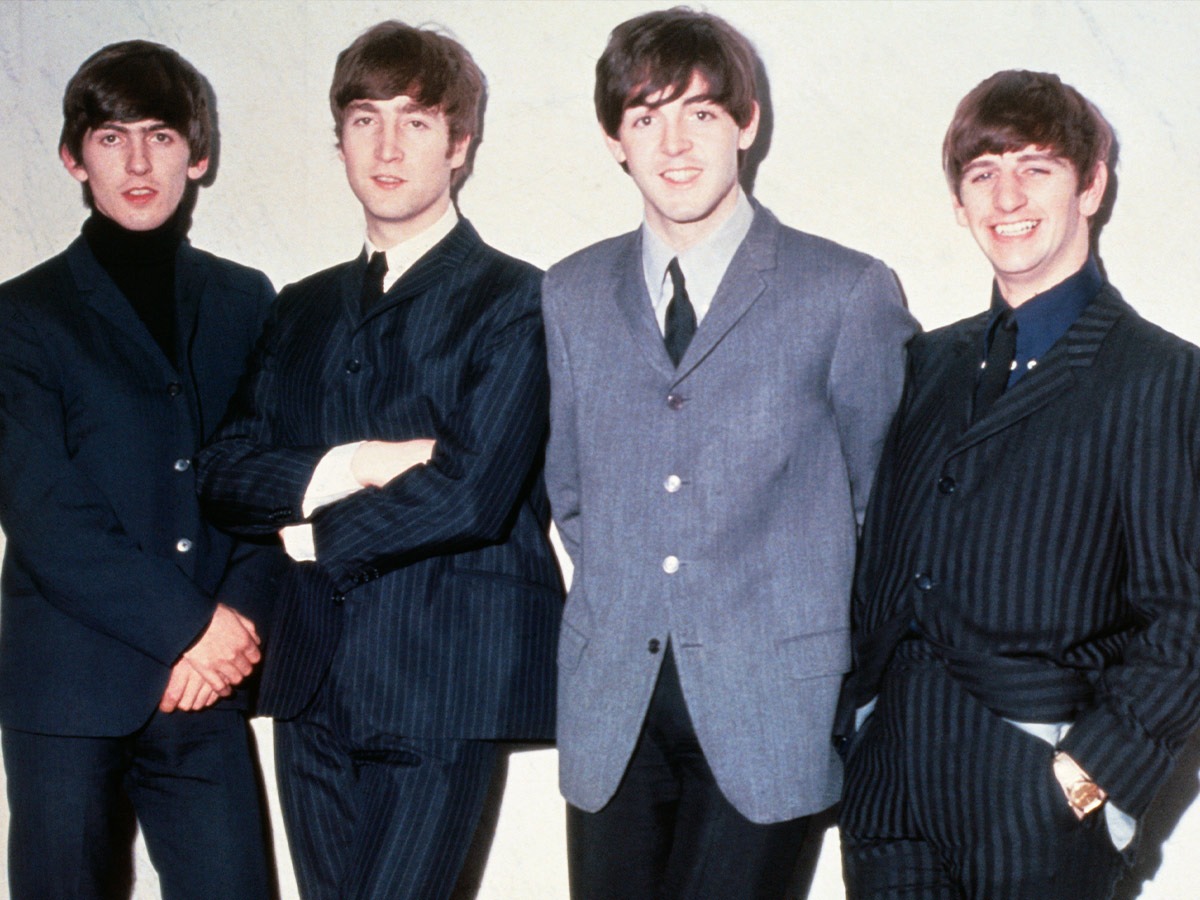
- Year: 1968
- Album: non-album single
- Highest Chart Position: 1
"Hey Jude" by The Beatles was originally titled "Hey Jules." It was written by Paul McCartney to comfort John Lennon's son, Julian, during his parents' divorce. The song's extended coda, featuring a sing-along "na-na-na" refrain, was groundbreaking for its time, running over seven minutes. This length defied conventional radio formats but didn't hinder its success. The track's universal message of encouragement and its anthemic quality contributed to its widespread appeal. Recorded at Trident Studios, it also marked one of the first uses of an eight-track recording system, enhancing its rich, layered sound. The song has gone on to sell over 4 million copies in the U.S. alone and has remained popular decades after its initial release.
 Author
Ron Winkler
Last Updated: November 27, 2025
Author
Ron Winkler
Last Updated: November 27, 2025